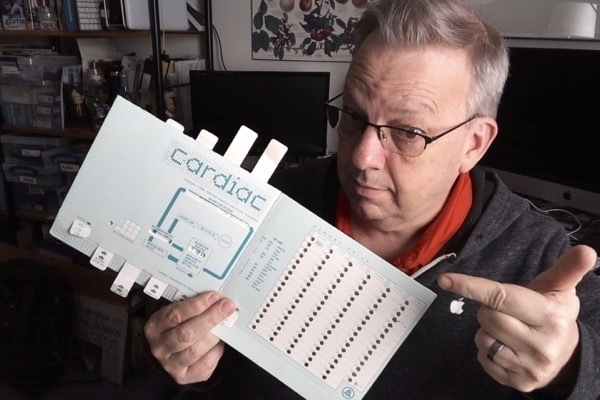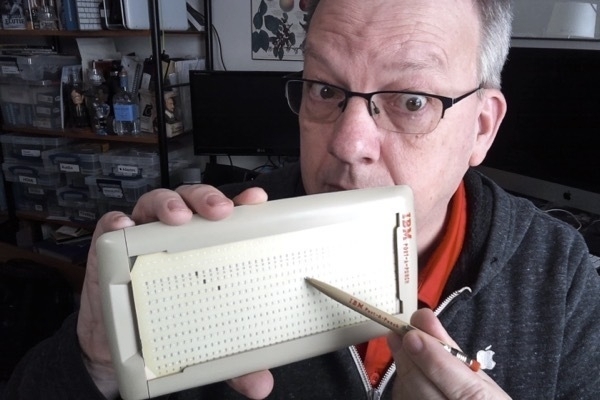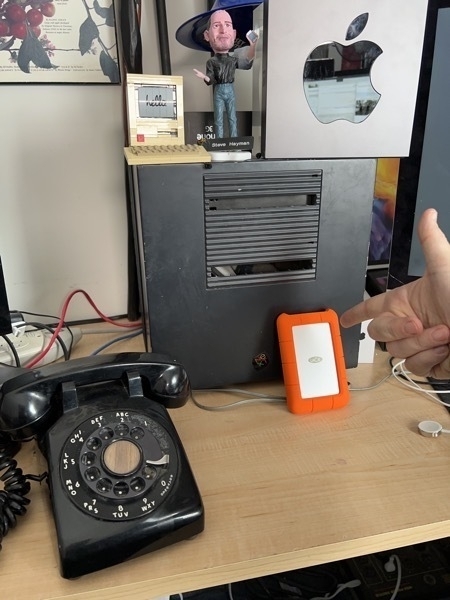Young people, a tech tip for you. Listen up!
I had a great chat with some students in Michigan yesterday, who for some reason were interested in my career - the level of feigning interest was excellent, I gotta say, well done - and it gave me a chance to share my favourite tip for coding students.
Young people: listen up:
Everybody in the computer business enjoys nothing more than complaining about how tough it was when they were getting started compared to the luxurious and inexpensive computers of today.
These devices you’re using now? They will be the lamest, shabbiest, most underpowered computers you’ll use for the rest of your life.
I hope I’m still around in 30 years to attend a seminar that one of you are giving, and you hold up a dusty old iPhone 13 Pro Max and say - “Look what I had to use! Look how thick it was! It only had one measly terabyte of storage! And sometimes you had to “plug in” a “wire”.”
the big tip
So here’s my tip: Save some piece of tech you’re using today! Set it aside next time you upgrade, so that in 30 years you can pull it out as a prop to illustrate your ‘Here is what WE had to use, back in MY day’.
Behold, for instance, the CARDIAC! The Cardboard Illustrative Aid to Computation!
the CARDIAC
 This is how they taught coding to us when I was in the seventh grade.
This is how they taught coding to us when I was in the seventh grade.
Because your school didn’t have a computer. Why would your school have a computer? What are you, NASA or something?
The comedy value of pulling out props to show the Youth of Today what You had to Deal With Back In Your Day should not be underestimated.
Here, BTW, is an IBM Port-A-Punch. A portable keypunch so you can do your FORTRAN coding on the bus on the way to visit the computer.
the Port-A-Punch

And of course, everybody* loves the story about how you paid $2000 for a 300 Meg drive on your NeXT cube in 1988, and last week you bought a 5 terabyte drive for $150, and I can’t wait to hear the 2052 version of this story.
- hardly anybody, tbh.

So, anyway, this thread is my attempt at justification for why I haven’t cleaned out a lot of the detritus in my office.
But, please, save something from today’s technology. You’ll love showing it off in the future.
Now. where did I put my slide rule. Hmm.
speaking of careers
career: move swiftly and in an uncontrolled way in a specified direction: the car careered across the road and went through a hedge.
Yeah that definition sounds about right.